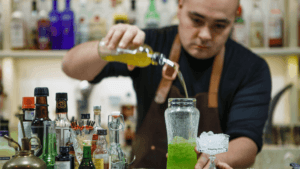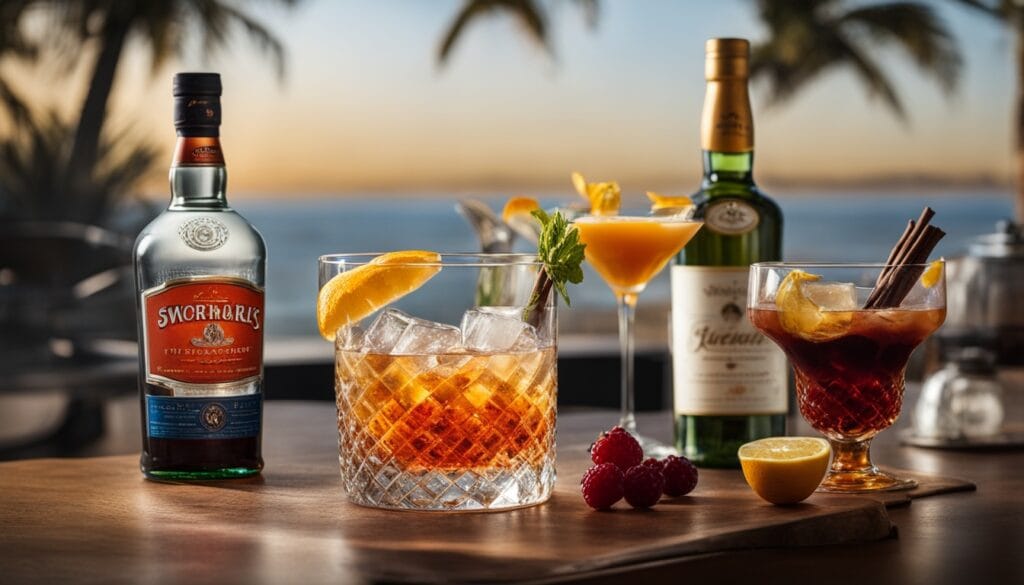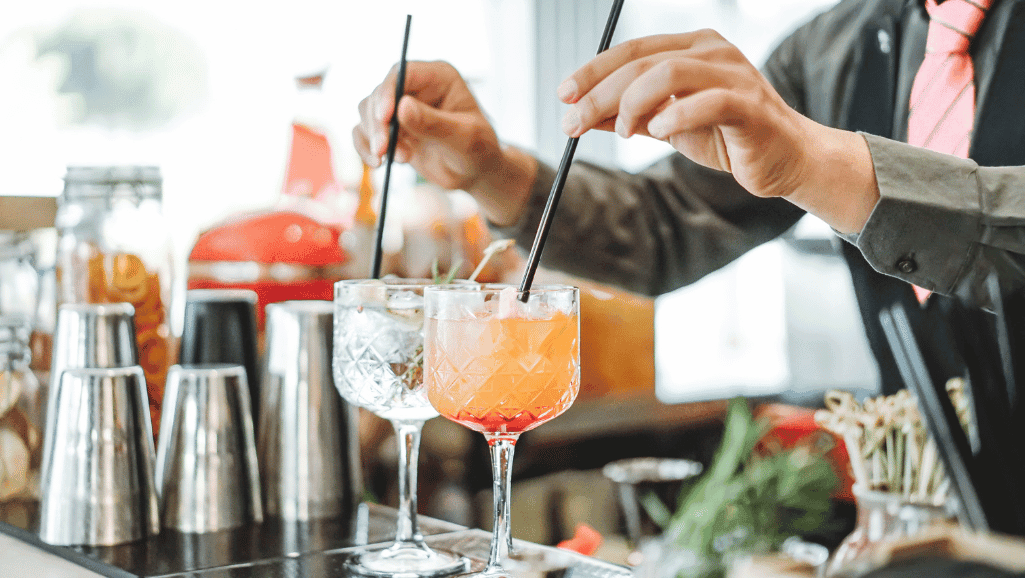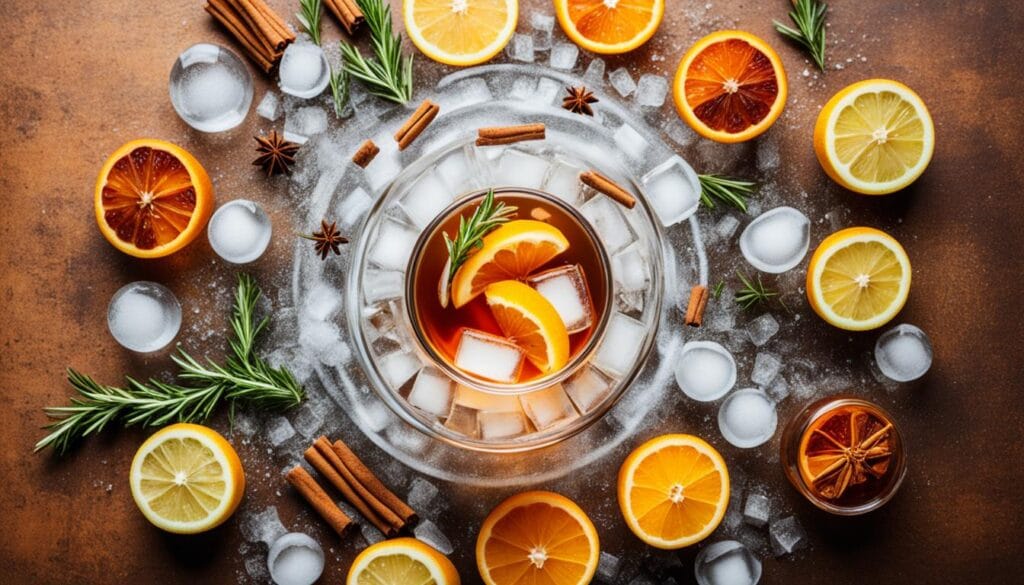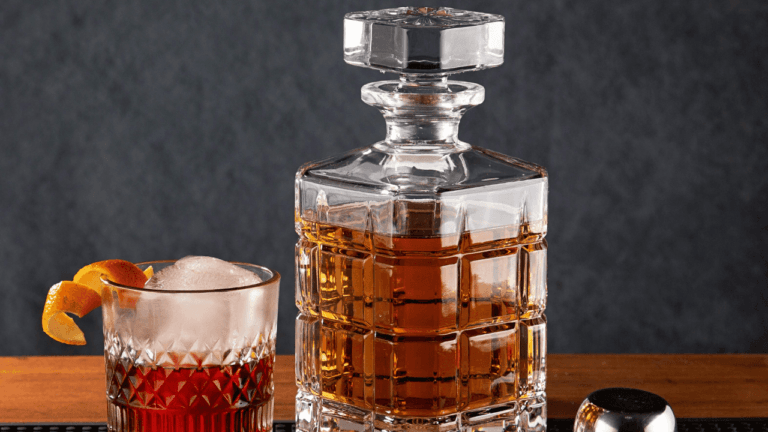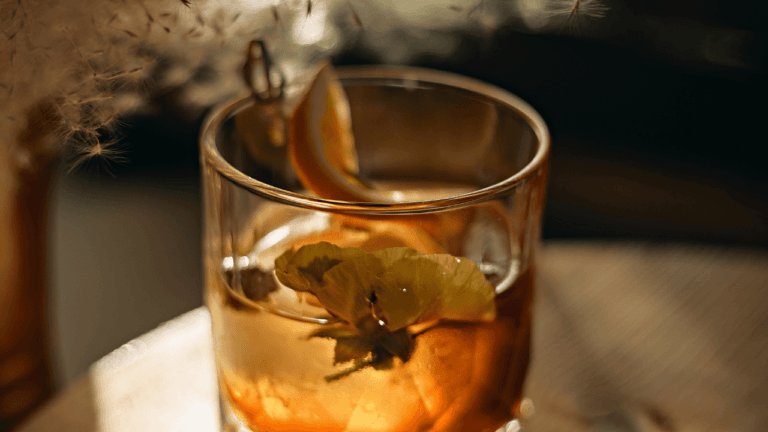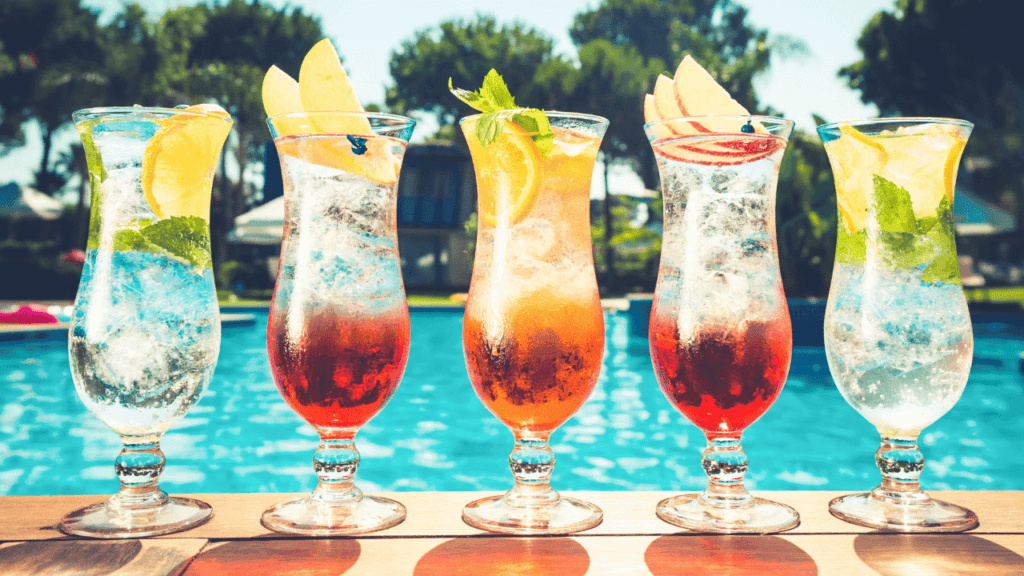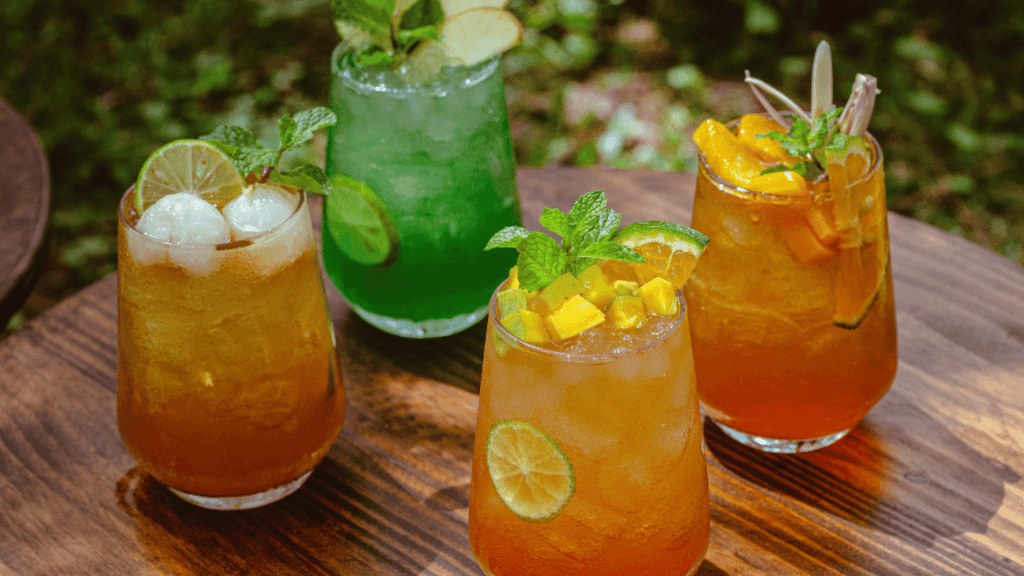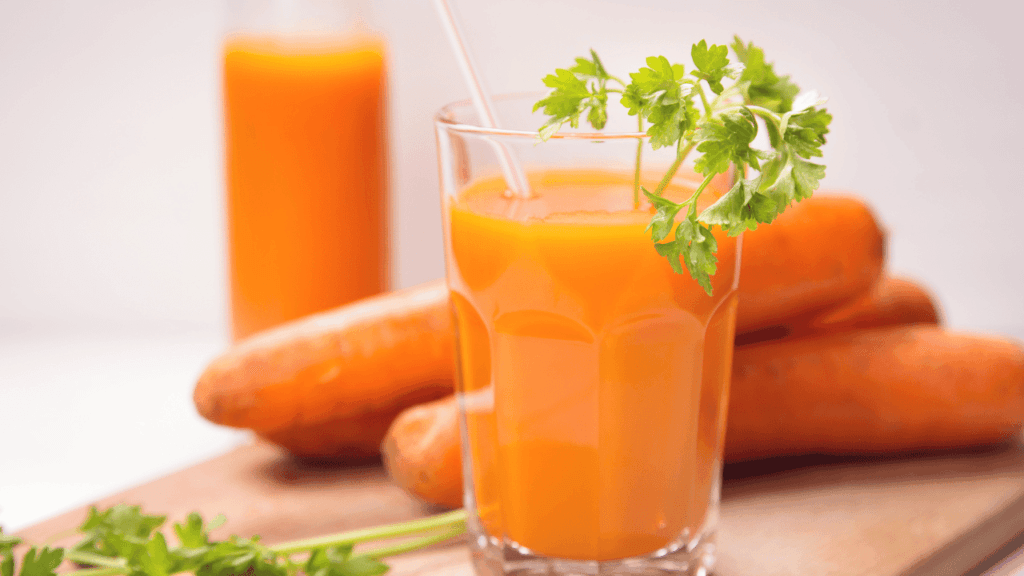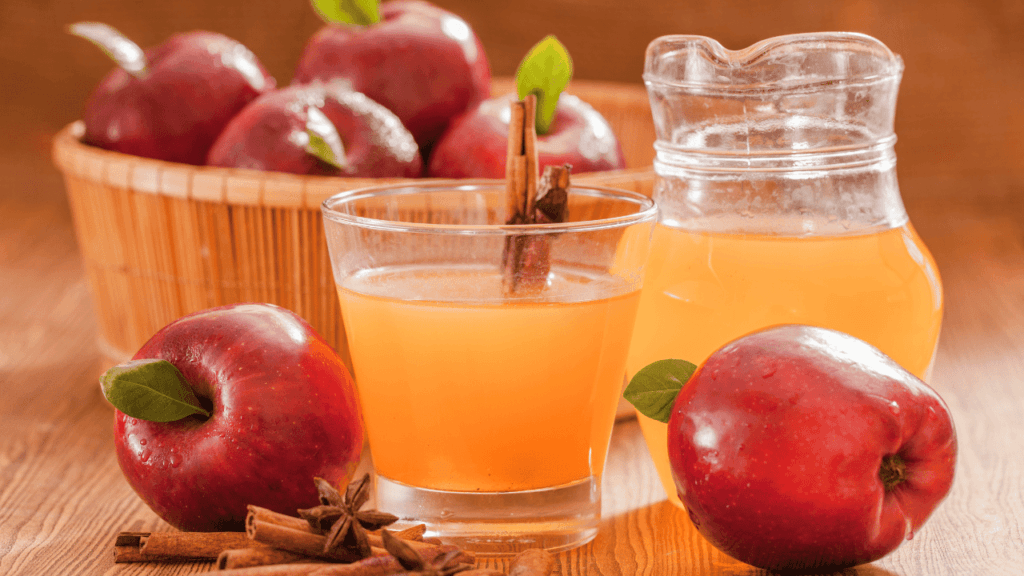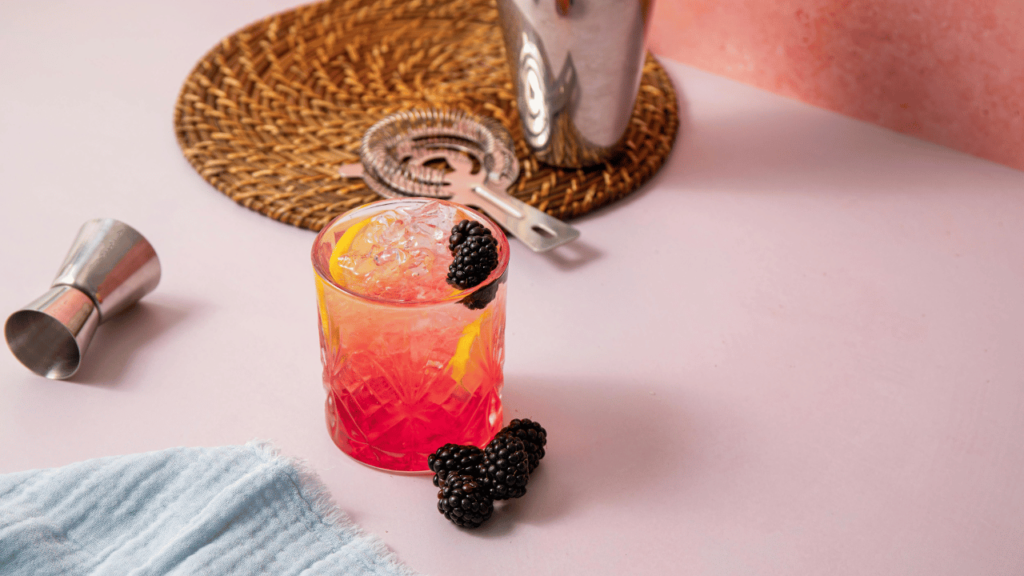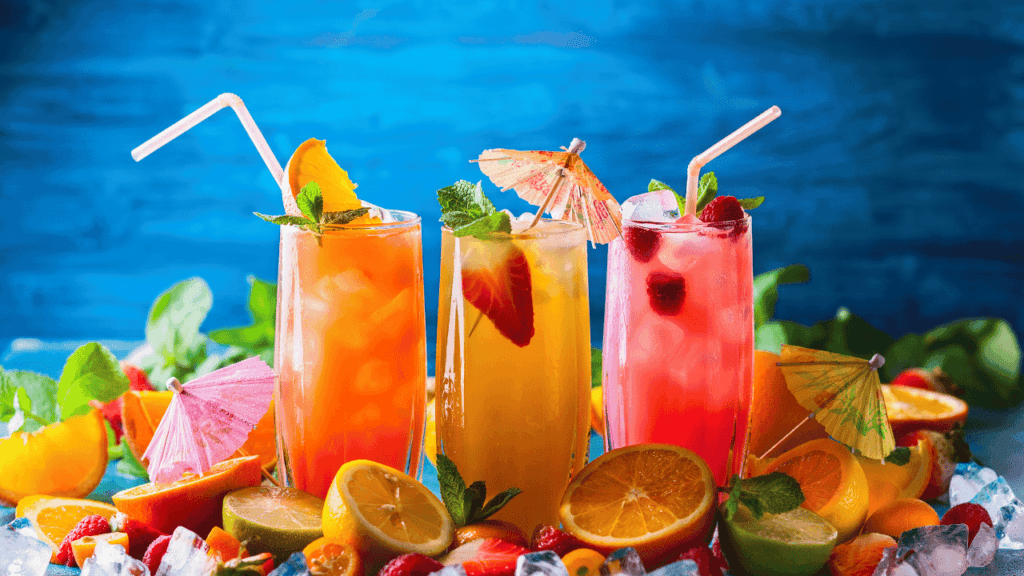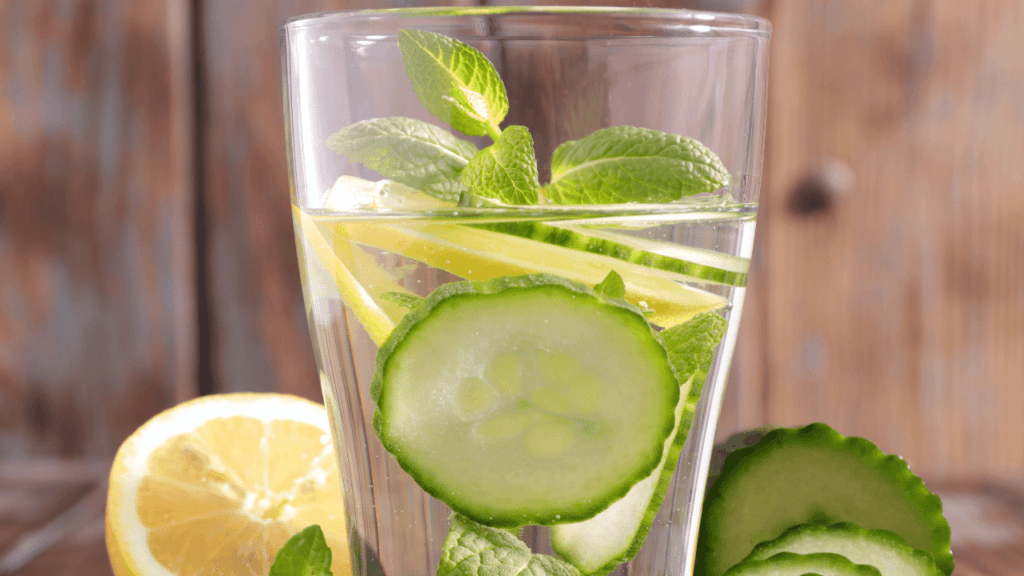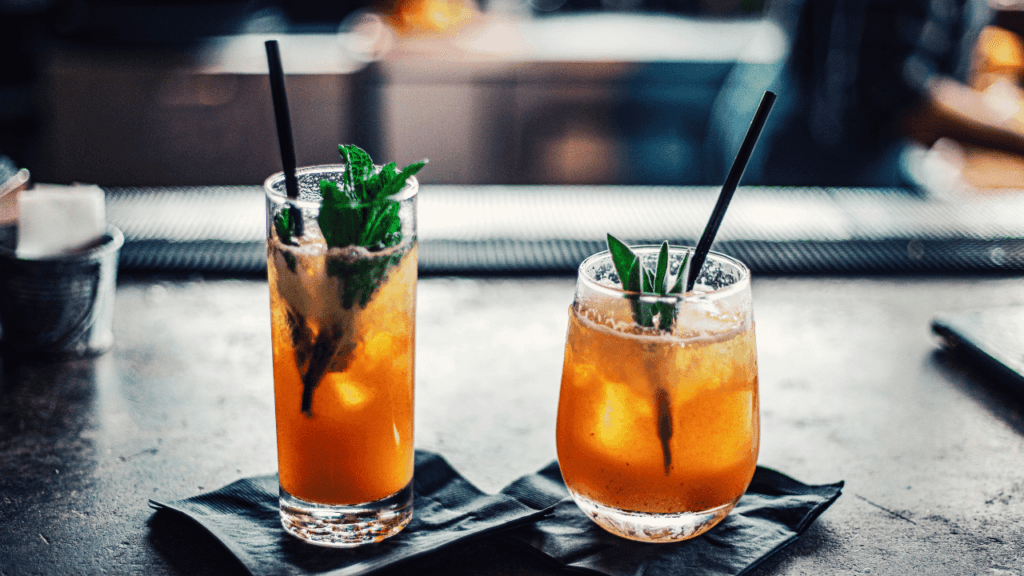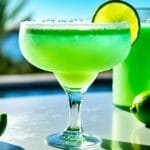The art of scotch cocktail creation is a dance of precision and flair, a carefully choreographed routine that blends expert mixing techniques with a deep understanding of flavor profiles and presentation. Building upon an esteemed lineage of classic scotch cocktail recipes, today’s mixologists are crafting an array of drinks that fuse tradition with a modern twist—each one demanding its own unique flourish in its creation and its serving. To all aspiring cocktail connoisseurs and seasoned bartenders alike, mastering the nuances of scotch cocktails is not just about following a recipe; it’s about refining each pour, shake, and stir to achieve a harmonious balance that elevates the drink to a higher echelon of scotch cocktail presentation.
Ambitious enthusiasts seeking to delve deeper into the tantalizing universe of scotch cocktails need to look no further than modern masters who demonstrate how one can play with flavors, textures, and layers to create a masterpiece in a glass. For instance, the techniques and insights shared on Flavorful Drinks can provide valuable inspiration for those looking to heighten their mixology skills with unique concoctions and pairings.
Key Takeaways
- Mastering scotch cocktail mixing involves understanding complex flavor profiles.
- Classic recipes are a foundation but innovation is key to modern scotch cocktails.
- Presentation is as crucial as the drink itself, requiring both artistry and scientific precision.
The best mixologists use expert techniques to enhance every aspect of the cocktail experience.
Exploring resources like Flavorful Drinks can provide creative insights for ambitious mixologists.
Scotch cocktails can be a canvas for creativity, blending the old with the new.
The Art of Crafting the Perfect Scotch Cocktail
Creating the perfect Scotch cocktail is both an art and a science, encapsulating a rich tradition of mixology that balances intricate scotch cocktail ingredients, flavor harmony, and the precision offered by professional mixology tools. The foundation of any memorable Scotch cocktail starts with selecting the right Scotch, blending it skillfully with harmonious accompaniments, and utilizing the right tools to deliver a seamless mix.
Understanding the Base: Selecting Quality Scotch
When considering the base of your Scotch cocktail, the selection of Scotch is pivotal. Over 25 bartenders worldwide consistently favor blends such as Speyburn 10 Year, Ardbeg 10 Year, and Monkey Shoulder for their balanced flavor profiles, which pair well in cocktails like the Penicillin or the Rob Roy. The choice of Scotch substantially influences the cocktail’s final taste, making it essential to select one that aligns well with your intended flavor outcomes. For more insights and recommendations on selecting the appropriate Scotch, click here.
Balance and Proportion: Key to Harmonious Flavors
Achieving flavor harmony in Scotch cocktails requires a deft balance and precise proportioning of ingredients. According to seasoned mixologists, blending Scotch with complementary elements like vermouth in a Manhattan or the sweetness of a Rusty Nail, necessitates meticulous attention to the quantity and quality of each component. This careful curation ensures each sip delivers a rich, balanced palate experience.
Essential Tools for Every Scotch Cocktail Enthusiast
To craft these intricate cocktails, enthusiasts must equip themselves with essential mixology tools. Implements such as jiggers for accurate measuring, stirrers for a seamless blend, and strainers are indispensable in the pursuit of the perfect Scotch concoction. These tools help in precisely mixing and presenting a drink that not only tastes good but is also visually appealing.
With a thorough understanding of the scotch cocktail ingredients, flavor harmonies, and the right mixology tools, crafting a Scotch cocktail that delights and entertains becomes a more approachable and enjoyable task. For those looking to delve deeper into the world of Scotch cocktails, this holistic approach ensures both beginner mixologists and seasoned connoisseurs can build their skills effectively.
Essential Ingredients for Signature Scotch Cocktail Recipes
Unlocking the full potential of signature scotch cocktail recipes involves a variety of essential ingredients that contribute to both the complexity and enjoyment of the drink. From the richly blended scotch bases to the nuanced flavors brought about by fresh ingredients, creating cocktail depth in your drinks is both an art and a science.
The Role of Fresh Ingredients in Enhancing Flavors
Utilizing fresh ingredients in scotch cocktails is crucial for amplifying the natural flavors and aromas of the whiskey. Ingredients such as fresh lemon juice, raspberries, and ginger, not only add a refreshing zest but also help in balancing the robust notes of the scotch, making every sip smooth and appealing. The transformative effect of fresh components in these drinks can turn a simple mixture into a vibrant cocktail experience.
Creating Depth with Bitters and Vermouths
Bitters and vermouths are indispensable in enhancing the cocktail depth of scotch drinks. They introduce an additional layer of flavor that complements the whiskey, without overpowering its unique characteristics. For instance, a dash of aromatic bitters or a splash of sweet vermouth can round out the edges of the scotch, integrating the spirit’s flavors beautifully with other mixers.
Sweeteners: Finding the Right Match for Scotch
Choosing the right sweetener is key to developing signature scotch cocktail recipes. Options like honey syrup, simple syrup, and even unrefined cane sugar provide varying levels of sweetness which can be tailored to match the profile of the scotch being used. Whether you’re aiming for a subtle sweetness to enhance a Scotch whisky’s smoky notes or a stronger sweet profile to counterbalance its peaty elements, the correct sweetener makes all the difference.
As shown in the classic Penicillin cocktail, blending 2 ounces of blended Scotch with vibrant elements such as ginger, lemon, and honey, not only enhances the distinct flavors of the scotch but also creates a visually appealing and tastefully rich beverage. Such recipes showcase the importance of using a well-rounded selection of ingredients to bring out the best in Scotch cocktails, affirming why mastery over these elements is key to the craft of cocktail mixing.
Mixing Techniques for Scotch Cocktails
Mastering the art of scotch cocktail shaking vs. stirring is essential for any mixologist. The decision whether to shake or stir a scotch cocktail can significantly impact its flavor, texture, and overall enjoyment. Shaking introduces aeration, which can brighten the flavors, while stirring is favored for its ability to blend ingredients gently, resulting in a smoother, more harmonious drink.
Different techniques in mixology might be preferred depending on the type of Scotch and the desired cocktail result. For instance, lighter, floral Scotch whiskies might benefit from the delicate integration that stirring provides, preserving their nuanced flavors.
Here is a comparative look at popular Scotch cocktails and the recommended method of mixing:
| Cocktail | Scotch Type | Mixing Method | Taste Profile |
|---|---|---|---|
| Blood and Sand | Blended Scotch | Shake | Rich, with notes of cherry and orange |
| Godfather | Blended or Single Malt | Stir | Sweet, nutty, with a strong Scotch backbone |
| Penicillin | Blended Scotch | Shake | Spicy ginger with a smoky Scotch finish |
| Rob Roy | Blended Scotch | Stir | Sweet vermouth complements the Scotch perfectly |
| Scotch Old Fashioned | Blended Scotch | Stir | Classic sweetness with aromatic bitters |
The choice between scotch cocktail shaking vs. stirring is not just about tradition but also about understanding the chemical reactions that happen when Scotch interacts with other cocktail components. Whether your goal is a robustly aerated drink or a subtly blended sip, techniques in mixology will guide your hand.
Scotch Cocktail Garnishes: A Guide to the Finishing Touch
The difference between a good scotch cocktail and a great one often lies in the choice of garnishes. Enhancing both the visual appeal and the olfactory experience, the right garnish can transform a simple drink into a sensory delight. This section will guide you through selecting scotch cocktail garnishes that not only complement the flavor profile of your drink but also elevate its presentation and aroma.
The Visual Appeal: Choosing the Right Garnish
For a scotch cocktail, visual appeal can significantly influence one’s perception and enjoyment of the drink. Citrus twists, for instance, are more than just decorative; they release essential oils when twisted over the drink, adding a subtle aroma that enhances the cocktail’s flavor. Fruit garnishes like cocktail cherries and orange slices not only add a splash of color but also hint at the underlying flavors, making the cocktail more inviting.
Aromatic Garnishes to Elevate the Scotch Experience
Aromatic garnishes play a crucial role by introducing a complex fragrance that complements the scotch’s inherent flavors. Herbs like mint or a sprig of rosemary bring freshness to the drink, while a well-placed citrus zest can cut through the richness with its crisp fragrance, enhancing the drinking experience far beyond the actual sipping.
Edible Garnishes: Where Flavor Meets Presentation
Edible garnishes such as cocktail cherries and olives contribute both texture and flavor, offering a taste that complements the depth of the scotch. The inclusion of edible flowers can introduce a subtle, floral complexity that intrigues the palate, while still maintaining the sophistication of the scotch cocktail.
Understanding the interplay between visual appeal, aroma, and taste is key to mastering scotch cocktail garnishes. Each element should harmonize with the others, contributing to a balanced and enjoyable scotch drinking experience.
The Stirred Versus Shaken Debate
As aficionados celebrate the evolution of scotch cocktails from tradition-steeped classics to modern mixological wonders, the discourse around stirred scotch cocktails versus shaken scotch cocktails remains a rich terrain for discussion. The decision to shake or stir a cocktail goes beyond mere preference; it’s a critical choice that can affect everything from clarity and texture to temperature and dilution.
Traditional wisdom suggests that clear, spirits-focused drinks should be stirred to preserve their smooth and potent characteristics. For instance, stirred classic cocktails like Manhattans or a crisp martini remain icons in mixology preferences for their clarity and smoothness. Conversely, cocktails that incorporate citrus juices, dairy, or egg, such as Margaritas and Pisco Sours, benefit immensely from the vigorous agitation of shaking. This not only ensures that heavier ingredients are fully integrated but also introduces a frothy airiness that can be quite pleasing on the palate.
- Shaking is best used when elements like fruit juices, cream, or eggs are in play, enhancing texture and achieving a well-mixed concoction rapidly.
- Stirring is suited for drinks where the visual appeal and purity of spirit are paramount, ensuring a silky mouthfeel and minimal dilution.
| Cocktail Type | Technique | Primary Reason |
|---|---|---|
| Margarita | Shaken | Mix citrus effectively |
| Manhattan | Stirred | Preserve clarity and smoothness |
| Pisco Sour | Shaken | Integrate eggs and create froth |
| Martini | Stirred | Maintain a clear, undiluted profile |
Ultimately, whether stirred or shaken, the method chosen can elevate the scotch cocktail experience, reflecting both personal taste and the functional necessities of the drink’s components. Profound knowledge in mixology preferences guides mixologists not only to choose the right ingredients but also to apply the correct technique, thereby crafting beverages that respect tradition while offering refreshing experiences.
Presenting Your Scotch Cocktail: A Matter of Style and Substance
The presentation of a scotch cocktail goes far beyond a mere aesthetic choice; it’s a profound expression of both style and sophistication that enhances the drinking experience. To master a stylish cocktail serving, one must consider not only the color and consistency of the drink but also how these elements interact with the choice of glassware and garnishes.
Successful scotch cocktail presentation incorporates elements that highlight the unique characteristics of the whiskey. Scotch, known for its smoky and earthy undertones, pairs excellently with minimalist yet elegant garnishes that hint at its sophistication. For an inviting presentation, consider using large ice spheres which chill the cocktail while minimizing dilution, allowing the smoky notes to shine through clearly.
Here is a comparative overview of how the substance of different whiskies can impact the presentation:
| Type | Flavor Profile | Recommended Presentation |
|---|---|---|
| Scotch Whisky | Smoky, earthy | Old Fashioned glass, minimal garnish |
| Bourbon | Sweet, robust | Highball glass, orange twist |
| Canadian Whiskey | Light-bodied, fruity | Coupe glass, cherry garnish |
| Rye | Spicy, peppery | Rocks glass, lemon peel |
To further explore the intricacies of cocktail crafting, especially for whisky enthusiasts aiming to mask or enhance the inherent flavors of their base spirit, consult recipes such as the Bee’s Knees cocktail. This Prohibition-era recipe artfully combines gin with lemon and honey, offering insights that can translate seamlessly into the world of scotch cocktails.
In conclusion, mastering scotch cocktail presentation involves understanding the balance between the visual appeal and the physical properties of the cocktail. By utilizing the right techniques in stylish cocktail serving, mixologists can transform a simple drink into an extraordinary experience that resonates with elegance and sophistication.
Choosing the Right Glassware for Scotch Cocktails
When indulging in the art of crafting Scotch cocktails, the selection of the right scotch cocktail glassware is more than a mere detail—it’s a crucial element that enhances the entire drinking experience. The shape and style of the glassware influence not just the presentation but significantly modify the aroma and flavors of the cocktail.
The Influence of Glass Shape on Aroma and Taste
The complexity of Scotch whisky’s flavor profile demands a thoughtfully selected glass that maximizes its rich aromas and tastes. Glasses designed specifically for Scotch, such as the Glencairn, are often narrower at the top to help concentrate the nuanced scents and enhance the nose, directly affecting the glassware influence on the sensory experience.
Traditional versus Modern Glassware Styles
While traditional glassware like the iconic Glencairn glass remains popular, modern glassware styles also offer unique benefits that might appeal to contemporary tastes. Highball and Collins glasses, for example, tend to be taller, guiding the aromatics more directly to the nose while providing a visually striking presentation.
| Glass Type | Capacity (oz) | Best For |
|---|---|---|
| Glencairn | 5 | Whisky Tasting |
| Tulip Glass | 5-6 | Aromatic Scotch Cocktails |
| Tumbler (Rocks Glass) | Varies | Scotch on the Rocks |
| Highball | 8-12 | Long Scotch Cocktails |
Understanding that not just any glass will do, it’s essential to consider the cocktail’s strength, temperature, and dilution factor — all of which are affected by the choice of glass. Whether opting for a Glencairn to savor neat Scotch or a robust tumbler for an ice-filled Scotch and soda, each traditional glassware piece and modern alternative serves a distinct purpose in the art of cocktail making.
The Rich History Behind Popular Scotch Cocktails
Exploring the Scotch cocktail history unveils a rich tapestry of flavors and traditions that span centuries. From the smoky taverns of Scotland to the bustling speakeasies of Prohibition-era America, Scotch has cemented its place in the cocktail world through both classic and innovative blends.
Classic Recipes and Their Timeless Appeal
Many classic Scotch recipes have stood the test of time, becoming staples at bars worldwide. Iconic cocktails like the Rob Roy, Rusty Nail, and Blood and Sand showcase the versatility and robust flavor profile of Scotch. These beloved recipes originated in periods ranging from the late 19th century, with their appeal only strengthening as they were passed down through generations.
Dewar’s introduction of a balanced blend in 1892 and the first Scotch Manhattan mixed in the mid-1890s in New Jersey were pivotal moments that helped popularize Scotch. Notably, the Rob Roy was concocted during this era, combining Scotch with sweet vermouth, crafting a drink that remains a favorite in contemporary bars.
Prohibition-Era Innovations and Scotch Cocktails
The prohibition-era cocktails marked a challenging yet inventive phase for Scotch cocktails. During Prohibition, bartenders in the United States creatively mixed Scotch with whatever ingredients they had available, often in secretive speakeasies. Despite the decline in cocktail quality due to adulteration with grain alcohol, the era inspired a wave of ingenuity. This period also gave birth to simpler, bolder concoctions, reflecting the need to mask the harsher flavors of bootleg spirits.
Modern Twists on Beloved Scotch Concoctions
Recently, there has been a resurgence of Scotch cocktail history in the repertoire of top bartenders across the United States. Modern mixologists have been weaving original creations such as the Sweater Weather and Dry But Honest into the fabric of scotch cocktails, demonstrating the timeless appeal and adaptability of Scotch. These concoctions, including new innovations like incorporating homemade Chamomile Honey syrup, underscore a return to quality and creativity in Scotch cocktail crafting.
Indeed, establishments like Spanglish Craft Cocktail Bar + Kitchen in Wynwood continue to push the boundaries, offering matured cocktails like ¡Cuero Na’ Ma’!, a testament to the evolving sophistication of Scotch mixology. For more insights into impeccable cocktails using top-quality ingredients like Hennessy or Cointreau, consider exploring the classic sidecar cocktail variations.
| Cocktail | Ingredients | Origin |
|---|---|---|
| Rob Roy | Scotch, sweet vermouth, Angostura bitters | 1890s, New York |
| Rusty Nail | Scotch, Drambuie | 1950s, New York |
| Blood and Sand | Scotch, cherry brandy, sweet vermouth, orange juice | 1922, London |
| Sweater Weather | Dewar’s 12 Year Old Whisky, lemon juice, egg white, spices | Modern, USA |
| Dry But Honest | Dewar’s 12 Year Old Whisky, Chamomile Honey syrup | Modern, USA |
The journey through the history of Scotch cocktails not only reveals the rich heritage of this beloved spirit but also underscores its dynamic future in the world of mixology—a tradition that promises continuous innovation and enjoyment.
Conclusion
Our exploration of the scotch cocktail journey brings us to a revelatory conclusion that emphasizes the intricate blend of history, technique, and passion. Whether it’s the delicately balanced notes of a Whiskey Sour or the depth of a Rusty Nail, the essence of masterful mixology is etched in every sip. The scotch cocktail experience spans over centuries, from the earliest Hot Toddy recipes of the 18th century to the sophisticated concoctions like the Blood & Sand cocktail, each with its unique character and storyline.
The mixology artistry is multi-faceted, involving an exquisite selection of ingredients – be it the spicy kick of rye whisky in a classic Manhattan or the sweet allure of bourbon in an Old Fashioned. In addition to selecting the perfect spirit, we’ve learned that techniques such as shaking, stirring, and muddling are pillars of cocktail creation. These methods are vital in achieving the perfect balance and blend of flavors that has been celebrated in the long-standing tradition of scotch cocktails, like the robust flavor of a Whisky Highball or the refreshment offered by a Mint Julep.
As we wrap up our scotch cocktail journey, we’ve gathered that the artistry of a well-crafted drink extends beyond the ingredients and techniques—it’s also about the presentation and legacy of each cocktail. From choosing the appropriate glassware to understanding the drink’s historical significance, the process is steeped in tradition and creativity. To continue honing your mixology skills, why not attempt to recreate the classic Rob Roy scotch cocktail? With a commitment to practice and experimentation, anyone can travel the path towards mixology mastery, delighting guests and celebrating the rich tapestry of scotch cocktail culture along the way.

